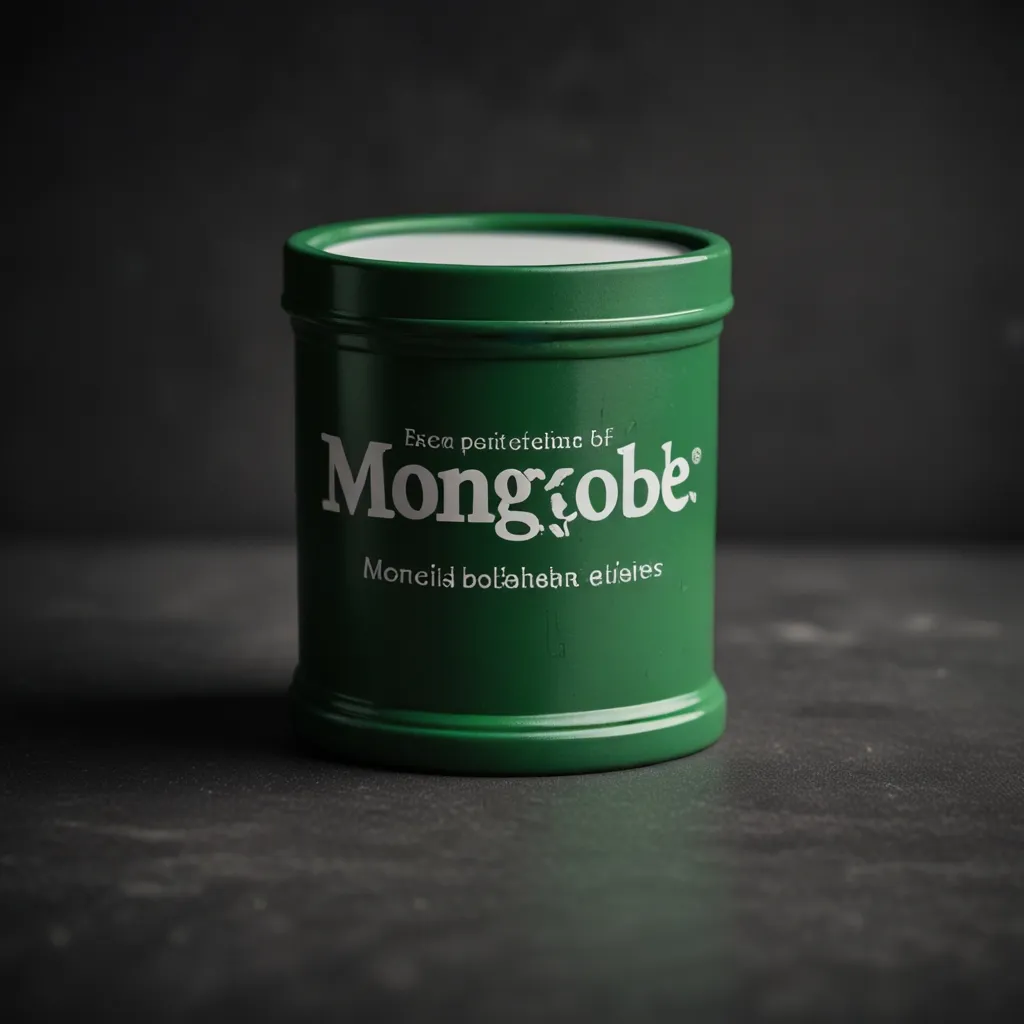Hey there! If you’re diving into web development and looking to simplify how you handle dynamic HTML content, you might want to meet Pug. Yep, Pug—formerly known as Jade—is that genie-in-a-lamp template engine designed for Node.js and browsers, making your life a whole lot easier when writing dynamic and reusable HTML content.
So, What’s So Cool About Pug?
The coolest thing about Pug is how straightforward and flexible it is. Instead of getting bogged down with traditional HTML, Pug provides a clean, whitespace-sensitive syntax that helps keep your code readable and maintainable. Plus, it supports native JavaScript expressions, loops, conditionals, and mixins. This makes rendering dynamic content a breeze and helps separate application logic from display logic—a win for any web developer.
Getting Started with Pug and Node.js
Setting up Pug with Node.js is as easy as pie. Here’s a quick rundown:
First off, you’ll need to kickstart a Node.js project by running:
npm init -y
This sets up a new Node.js project with default settings.
Next, install the necessary dependencies by running:
npm install express pug
This fetches Express.js, a popular web framework for Node.js, and Pug, our template engine of choice.
Now, make a views folder to stash your Pug templates by running:
mkdir views
Finally, configure Express to use Pug. Here’s a simple server setup:
const express = require("express");
const app = express();
const port = 3000;
app.set("view engine", "pug");
app.get("/", (req, res) => {
res.render("index");
});
app.listen(port, () => {
console.log(`Server is running at http://localhost:${port}`);
});
With this, your Express app will use Pug as the view engine and render an index.pug template when you hit the root URL.
Pug Basics—The Syntax
Pug’s syntax is truly a joy to work with. Here’s a quick overview:
Doctype and HTML Tags
Define the doctype and basic HTML like this:
doctype html
html(lang="en")
head
title My Pug Page
body
h1 Welcome to Pug
IDs and Classes
Declare IDs and classes with:
div#header
h1.title My Header
Attributes
Add attributes to HTML tags:
a(href="https://example.com", target="_blank") Visit Example
Looping Through Data—Iteration in Pug
Iteration is one of Pug’s superpowers. Whether you’re dealing with arrays, lists, or objects, Pug makes it simple.
Loop through an array with the each method:
ul
each val in [1, 2, 3, 4, 5]
li= val
Loop with both value and index:
ul
each value, index in ['Anil', 'Ajay']
li= 'Index ' + index + ": " + value
Or, loop through objects:
ul
each value, key in {1: 'Ram', 2: 'Anil'}
li= 'Key ' + key + ": " + value
Making Decisions—Conditionals in Pug
Conditionals allow you to render content based on certain conditions. Here’s a quick example:
if user.isAdmin
p You are an admin
else if user.isModerator
p You are a moderator
else
p You are a regular user
Keep It Reusable—Mixins in Pug
Mixins are your go-to for reusable blocks of code. Here’s a simple mixin:
mixin list(items)
ul
each item in items
li= item
+list(['Item 1', 'Item 2', 'Item 3'])
This mixin creates an unordered list from an array of items.
Keep It Modular—Includes in Pug
Organize your code by including other Pug files within your templates. This promotes code reusability:
include header.pug
include footer.pug
Spicing Things Up—Styling with Pug
Add internal CSS styles directly within your Pug templates using the style tag:
style
h1 {
margin: 1rem;
text-align: center;
color: green;
}
ul {
margin: 1rem;
padding: 2rem;
border: 2px solid red;
}
Level Up—Advanced Features
Template Inheritance
Streamline your layouts with template inheritance. Keep a consistent base layout and extend from it:
// layout.pug
doctype html
html
head
meta(charset="utf-8")
title #{title}
body
div#root
block layout-content
// index.pug
extends layout
block layout-content
h1 Welcome to My Page
Use JavaScript in Pug
Pug natively supports JavaScript expressions. Use it to format HTML dynamically:
- var name = "John Doe"
h1 Hello, #{name}!
Wrapping Up
Pug is a fantastic template engine that makes creating dynamic HTML content not just simpler, but also a lot more fun. Its tidy syntax, support for JS expressions, and useful features like iteration, conditionals, mixins, and includes can really streamline your development process. Whether you’re piecing together a simple site or architecting a complex web application, Pug’s got your back. So go ahead and give it a whirl—you might just find it’s exactly what you needed to inject a new level of efficiency and readability into your projects.






